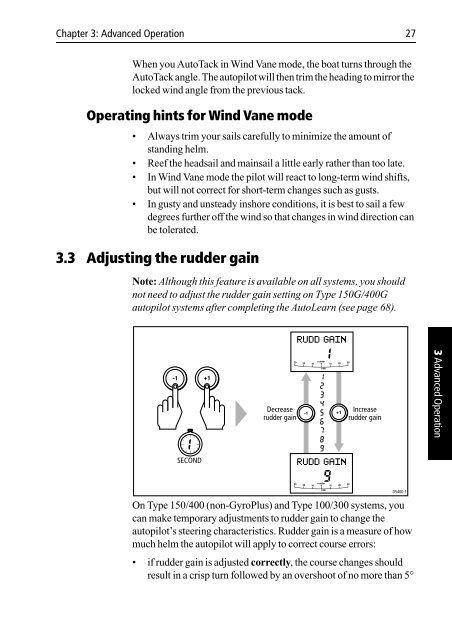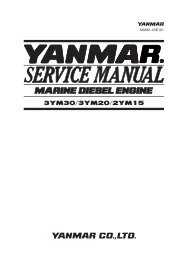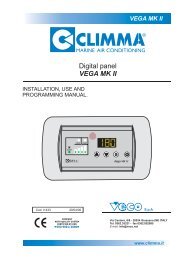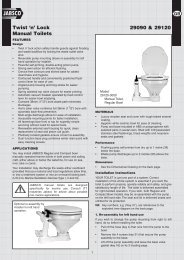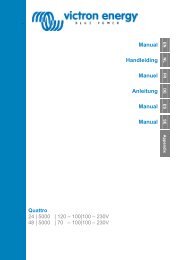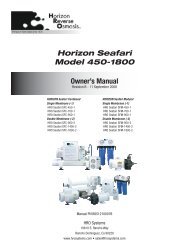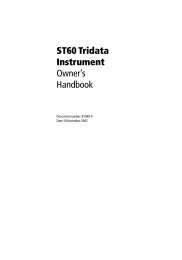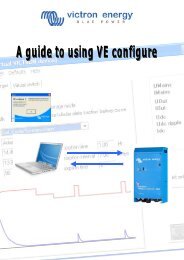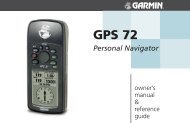Raymarine ST6001 - Zanshin
Raymarine ST6001 - Zanshin
Raymarine ST6001 - Zanshin
You also want an ePaper? Increase the reach of your titles
YUMPU automatically turns print PDFs into web optimized ePapers that Google loves.
Chapter 3: Advanced Operation 27<br />
When you AutoTack in Wind Vane mode, the boat turns through the<br />
AutoTack angle. The autopilot will then trim the heading to mirror the<br />
locked wind angle from the previous tack.<br />
Operating hints for Wind Vane mode<br />
• Always trim your sails carefully to minimize the amount of<br />
standing helm.<br />
• Reef the headsail and mainsail a little early rather than too late.<br />
• In Wind Vane mode the pilot will react to long-term wind shifts,<br />
but will not correct for short-term changes such as gusts.<br />
• In gusty and unsteady inshore conditions, it is best to sail a few<br />
degrees further off the wind so that changes in wind direction can<br />
be tolerated.<br />
3.3 Adjusting the rudder gain<br />
Note: Although this feature is available on all systems, you should<br />
not need to adjust the rudder gain setting on Type 150G/400G<br />
autopilot systems after completing the AutoLearn (see page 68).<br />
Decrease<br />
rudder gain<br />
Increase<br />
rudder gain<br />
3 Advanced Operation<br />
SECOND<br />
On Type 150/400 (non-GyroPlus) and Type 100/300 systems, you<br />
can make temporary adjustments to rudder gain to change the<br />
autopilot’s steering characteristics. Rudder gain is a measure of how<br />
much helm the autopilot will apply to correct course errors:<br />
• if rudder gain is adjusted correctly, the course changes should<br />
result in a crisp turn followed by an overshoot of no more than 5°<br />
D5400-1


